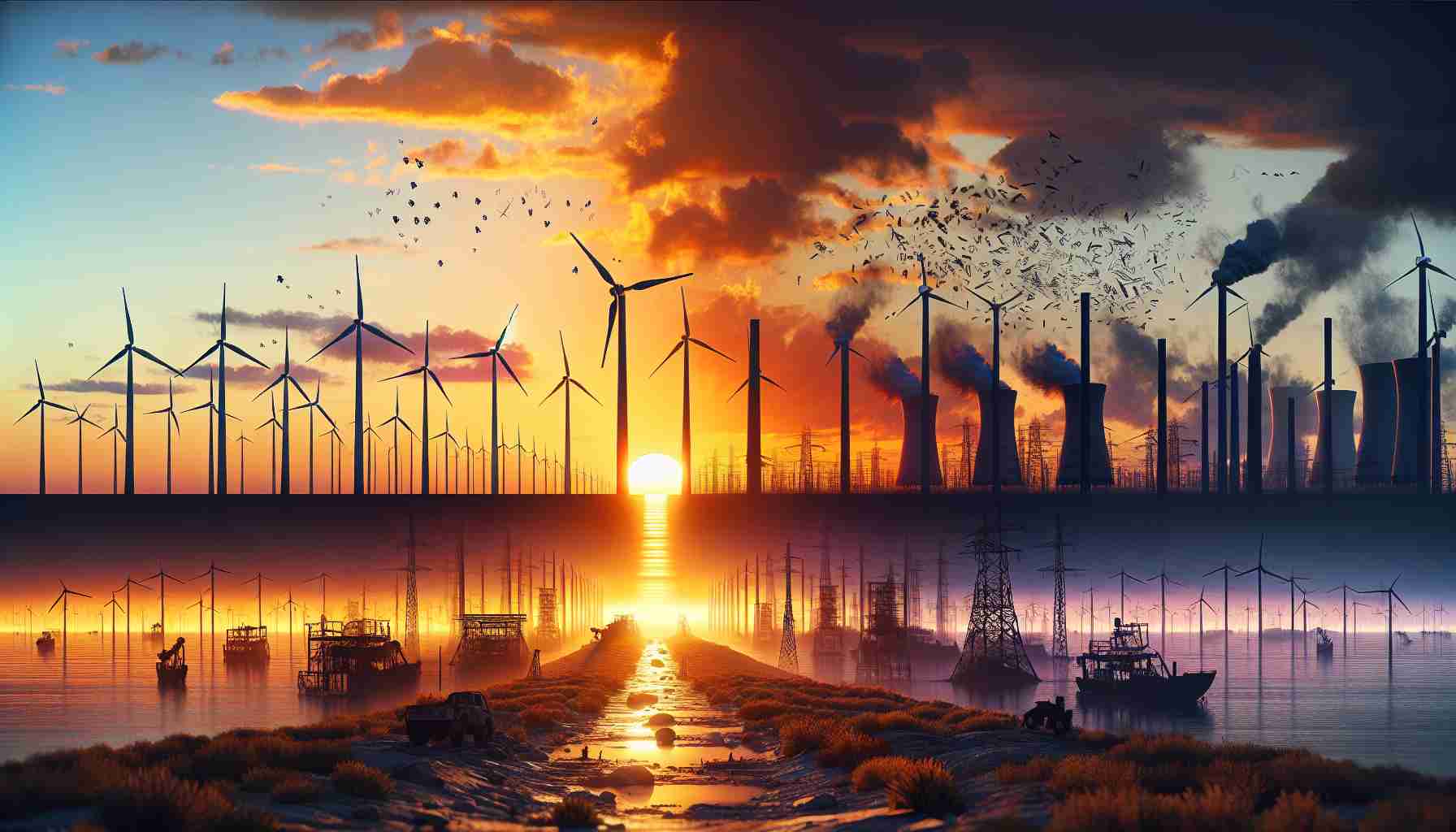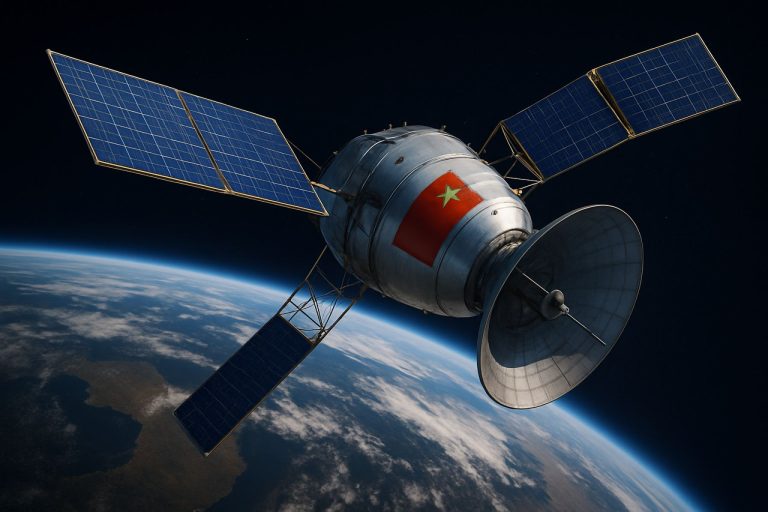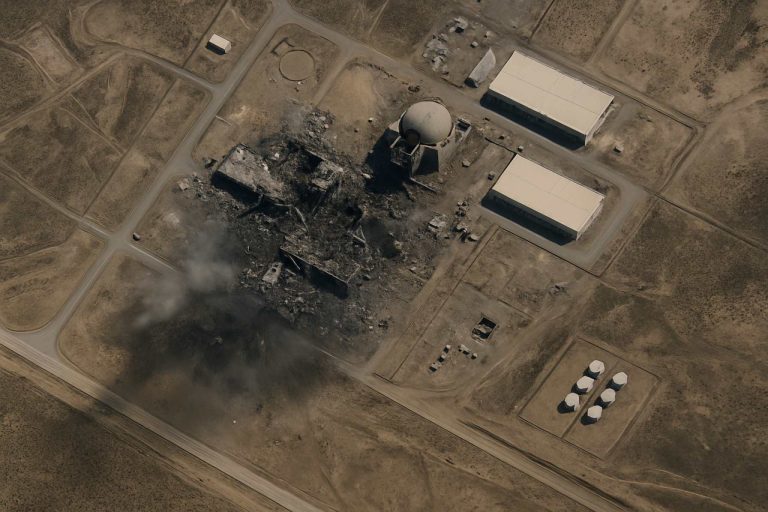
How Tariffs Are Reshaping the Solar Industry
In recent years, the solar industry has experienced dramatic shifts, particularly in Southeast Asia, where companies like Red Sun Energy in Vietnam find themselves in crisis. Once thriving amidst high demand for solar panels, Red Sun now faces a stark reality. A surge in tariffs imposed by the U.S. government has led to a significant decline in orders, leaving much of their manufacturing machinery idle.
The ripple effects of these tariff policies have been substantial. Red Sun’s general manager’s assistant highlighted the company’s struggles, revealing that a large U.S. client halted purchases due to increased costs stemming from these tariffs. As a result, Red Sun has lost approximately half of its business, prompting the company to seek new market opportunities in Europe.
The landscape is equally grim for other manufacturers in the region. Reports indicate that some factories, like those operated by Jintek Photovoltaic Technology and New East Solar Energy, have shut down as they could no longer sustain production amid declining sales to the lucrative U.S. market.
Experts suggest that many manufacturers are considering relocating operations to countries like Indonesia and Laos, where tariffs do not apply. However, analysts caution that as the market evolves, these countries may eventually face similar tariff challenges. Ultimately, while attempting to circumvent trade barriers, companies must navigate a complicated landscape that poses risks and uncertainties for the renewable energy sector.
How Tariffs Are Reshaping the Solar Industry: New Trends and Insights
Introduction
The solar industry is undergoing a major transformation due to recent tariff changes imposed by the U.S. government. These shifts are impacting manufacturers, particularly in Southeast Asia, where companies have faced declining orders and increased operational challenges. This article delves into the current trends, insights, and strategies within the solar sector, highlighting the implications of affordability, production shifts, and sustainability efforts.
Recent Trends and Market Analysis
1. Increasing Operational Costs: Tariffs have significantly increased the costs of solar panel components for manufacturers. As a result, companies like Red Sun Energy in Vietnam report substantial business losses, with some estimating a 50% drop in orders from U.S. clients. This has compelled businesses to explore new markets beyond the U.S., particularly in Europe, where demand for green energy continues to rise.
2. Shift in Manufacturing Locations: Many manufacturers are now considering relocating their production facilities to countries with favorable tariff conditions, such as Indonesia and Laos. This strategy aims to reduce operational costs and continue serving U.S. markets. However, there are concerns that these countries might also face future tariff impositions, which could complicate long-term planning for renewable energy companies.
3. Emergence of Alternative Markets: As U.S. relations with Southeast Asian manufacturers strain, these manufacturers are looking towards European markets where solar adoption is surging. The European Union is pushing for greater use of renewable energy, which presents a new avenue for growth for companies previously focused on U.S. sales.
Innovations in Solar Technology
Despite challenges, the solar industry is seeing innovations aimed at improving efficiency and lowering costs. Technological advancements such as bifacial solar panels, which capture sunlight from both sides, and energy storage solutions are gaining traction. These innovations not only enhance power generation but also improve the overall reliability of solar energy systems.
Pros and Cons of the Current Landscape
Pros:
– Increased Innovation: Companies are incentivized to innovate to remain competitive, leading to advancements in solar technology.
– Diverse Market Opportunities: The shift from the U.S. market to Europe and other regions opens new avenues for growth and partnerships.
Cons:
– Heightened Costs: The increase in tariffs leads to rising production costs, which can be passed onto consumers and hinder market growth.
– Operational Uncertainty: Manufacturers face complex decisions related to relocations and investments, complicating strategic planning.
Sustainability and Future Predictions
As sustainability becomes a global priority, the solar industry must adapt to the evolving landscape shaped by tariffs and trade policies. Analysts predict that, while immediate challenges exist, the long-term outlook for solar power remains positive due to continued global demand for renewable energy. Companies that can successfully navigate these tumultuous waters—through innovation and adaptive market strategies—are likely to thrive.
Security Aspects in the Solar Supply Chain
With the changes in manufacturing locations, the security of supply chains warrants attention. Dispersed manufacturing can expose companies to new risks, including political instability and logistical challenges in emerging markets. Companies are thus reinforcing their supply chain strategies, ensuring they maintain robust alternatives and local partnerships to mitigate these risks.
Conclusion
The ongoing tariff changes are reshaping the solar industry, prompting a reconsideration of manufacturing strategies, market focuses, and technological innovations. While challenges abound, particularly for manufacturers in Southeast Asia, the global push for renewable energy presents a unique opportunity for adaptation and growth.
For more articles on the impact of tariffs on renewable energy, visit the [Renewable Energy World](https://www.renewableenergyworld.com) site.



